Top 5 ways to reduce spray drift
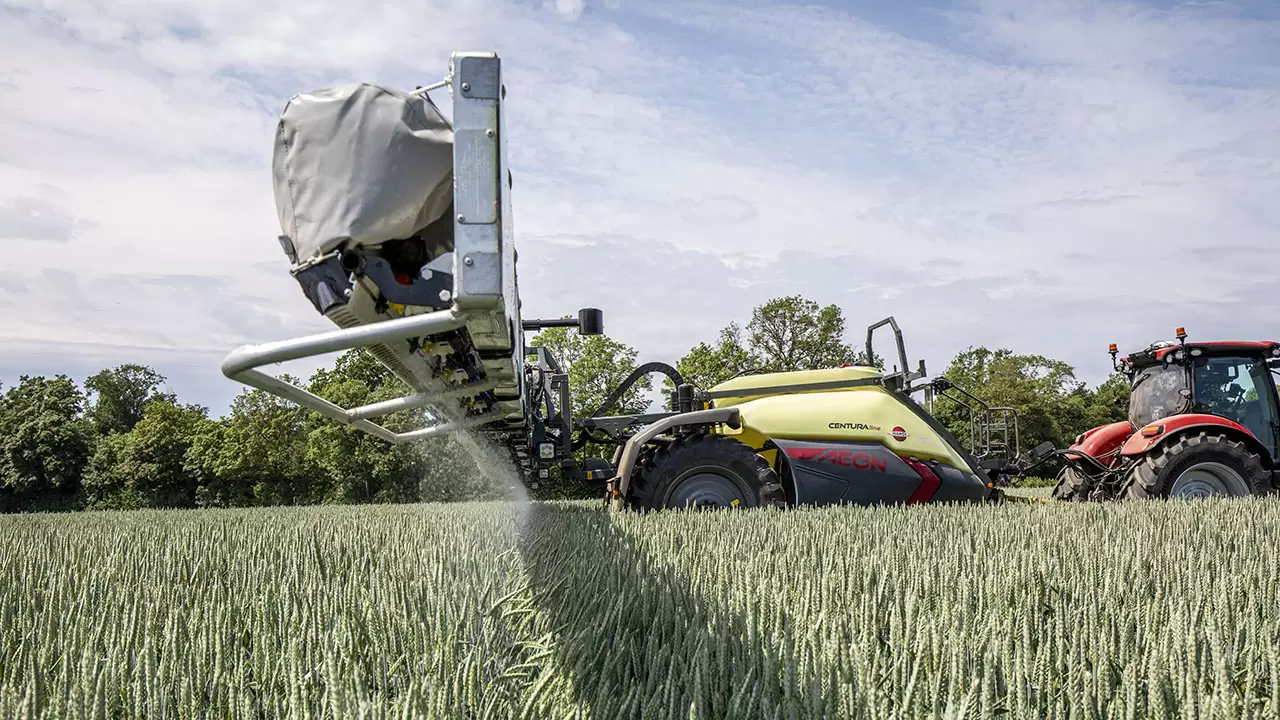
Reducing spray drift
Spray drift leads to ineffective application, wasted resources, and potential harm to non-target areas, including neighbouring fields and sensitive ecosystems. Therefore, ensuring the spray applications stay on target is crucial for minimising the environmental impacts and maximising effectiveness.
While weather conditions play a significant role in spray drift, several other factors can be optimised to achieve precise and effective spraying.
By understanding the factors influencing spray drift and implementing effective strategies, we can minimise drift, optimise coverage, and enhance overall spraying effectiveness. Here are some practical tips to help you reduce spray drift effectively.
1. Choose the right nozzle type
The type of nozzle used impacts droplet size and drift potential. Select nozzles that produce ultra-coarse spray quality for the best drift reduction.
Drift-reducing injector nozzles such as HARDI MINIDRIFT and HARDI NANODRIFT are specifically designed for high drift reduction. Also, Low-drift nozzles, such as HARDI ISO LD-110, are specifically designed to produce larger droplets than ISO-F-110 nozzles and are less prone to being blown away.
Read more about HARDI LOWDRIFT nozzles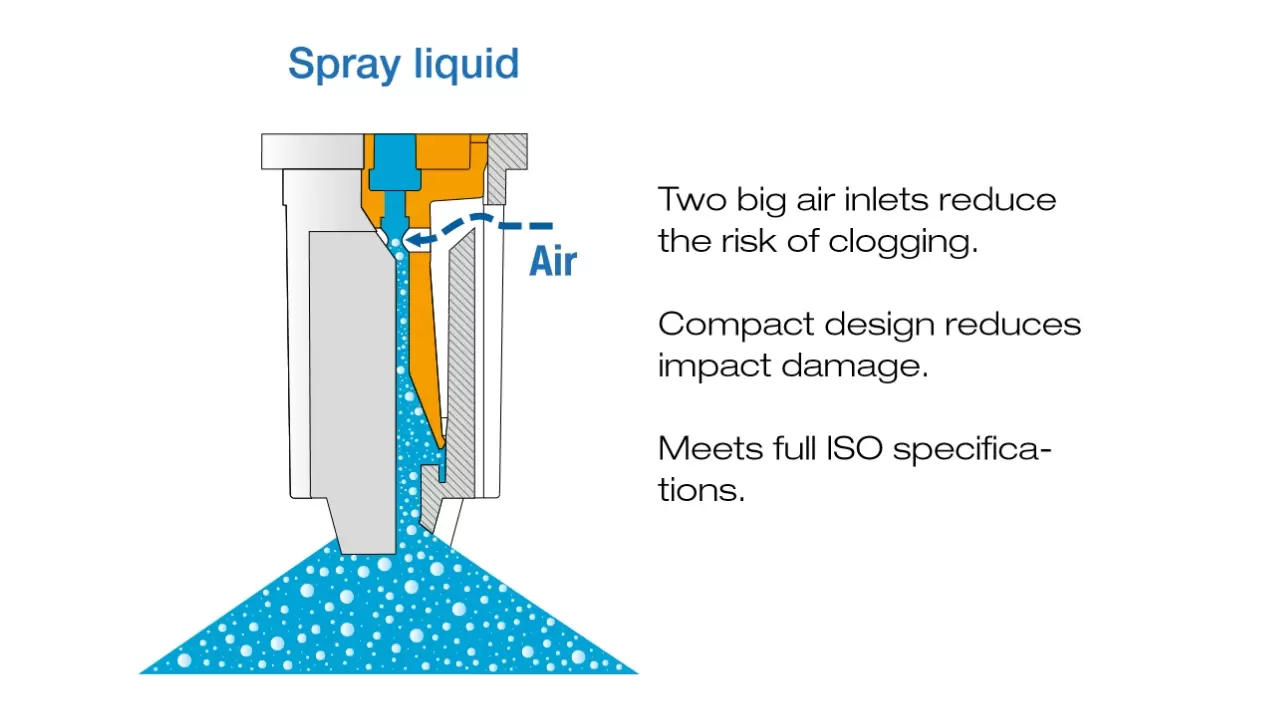

2. Nozzle size
Larger nozzle sizes produce coarser droplets and have less drift-sensitive fine droplets. The higher flow rate leads to lower pressure and allows higher spraying speed in good spraying conditions.
3. Maintain correct boom height
The higher the boom, the longer droplets remain airborne, increasing the chances of drift. Coarse droplets are less likely to be blown away compared to finer droplets.
Keeping the boom as low as possible without compromising coverage is key. A general rule-of-thumb, height of 40-60 cm above the target surface ensures minimal drift and maximum coverage.
Similarly, if you have a boom with 25 cm nozzle spacing, maintaining a spraying height of 30 - 50 cm can still achieve effective cross-distribution, further reducing drift potential.
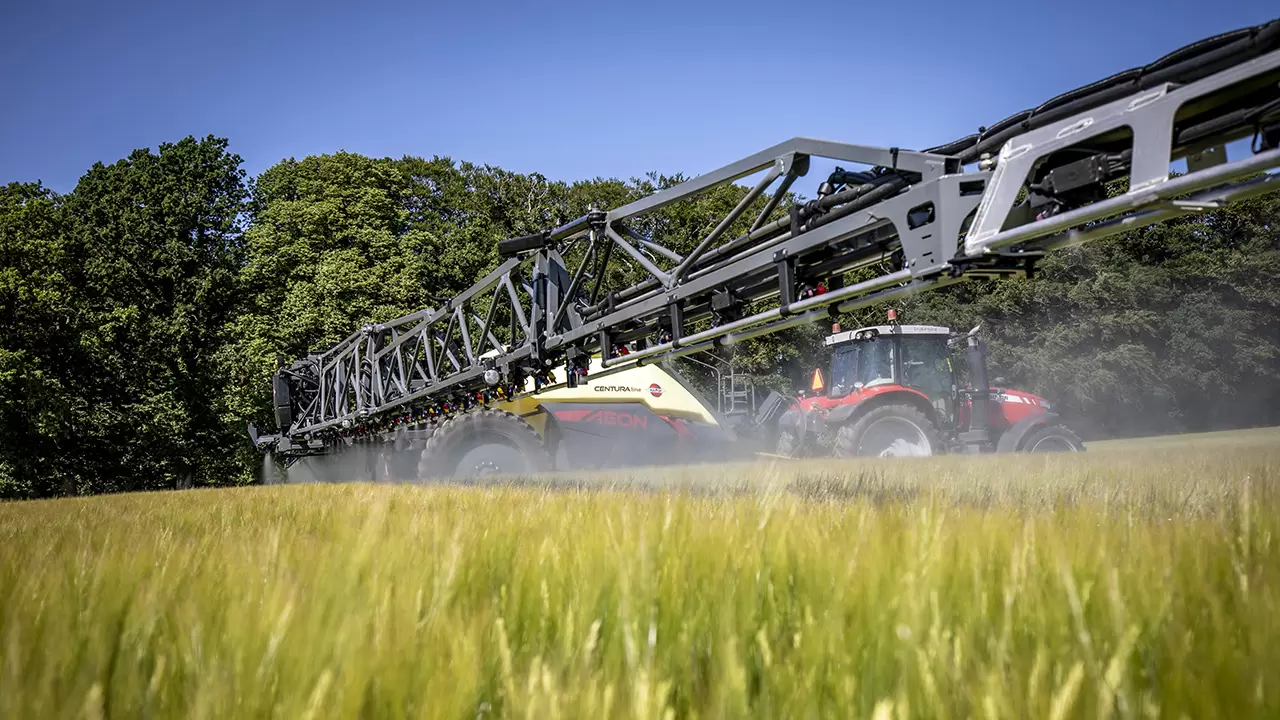
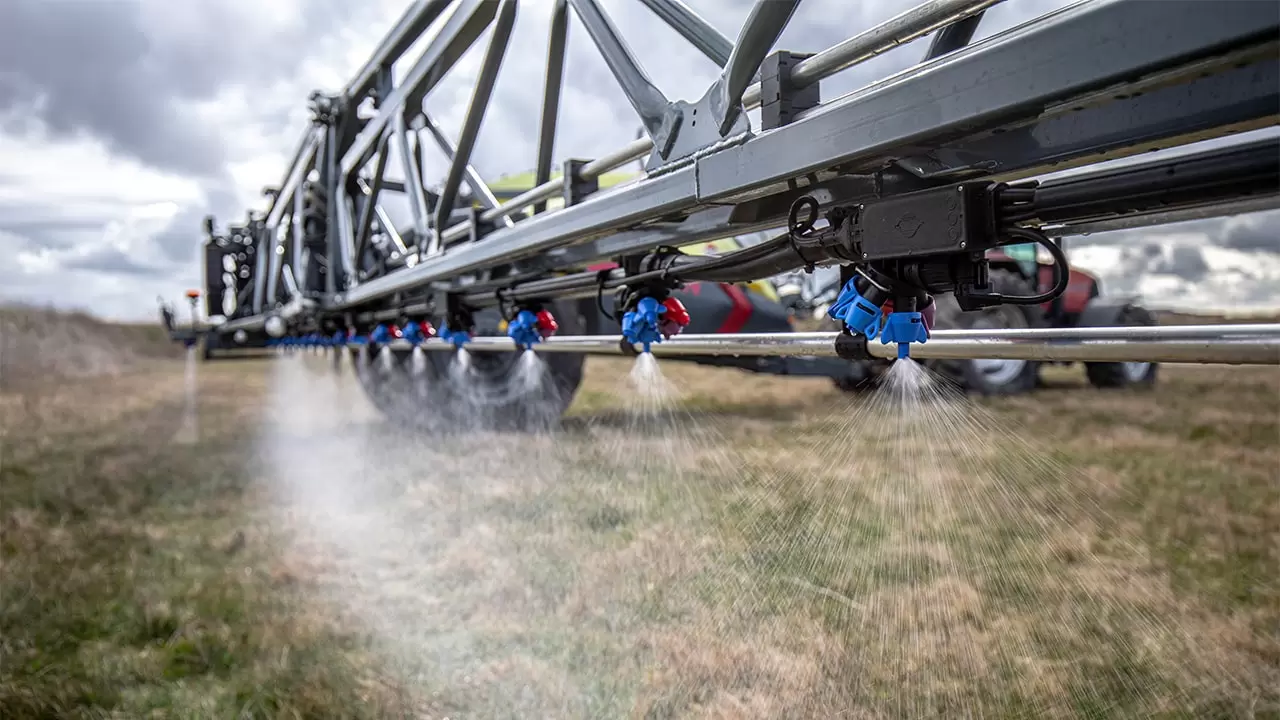
4. Pressure control: Keep it as low as possible
Adjust pressure settings to the lowest feasible level while maintaining effective spray distribution, as this further minimises drift risk.
Choose nozzles designed to operate at lower pressures, such as those approved from a range of 1 to 6 bar (e.g., HARDI MINIDRIFT and NANODRIFT). This minimises the formation of fine droplets that are prone to drift.
5. Control driving speed
Higher speeds can lead to boom instability and increased spray vortex, which elevate droplets higher into the air and increase drift potential.
For standard nozzles such as HARDI (ISO – FLATFAN, ISO – LOWDRIFT), it is recommended to maintain a speed of around 2 m/s (7.2 km/h).
On the plus side injector nozzles such as HARDI MINIDRIFT and NANODRIFT offer flexibility in driving speeds, allowing for higher speeds with larger nozzles and lower pressures.
Read more about HARDI nozzles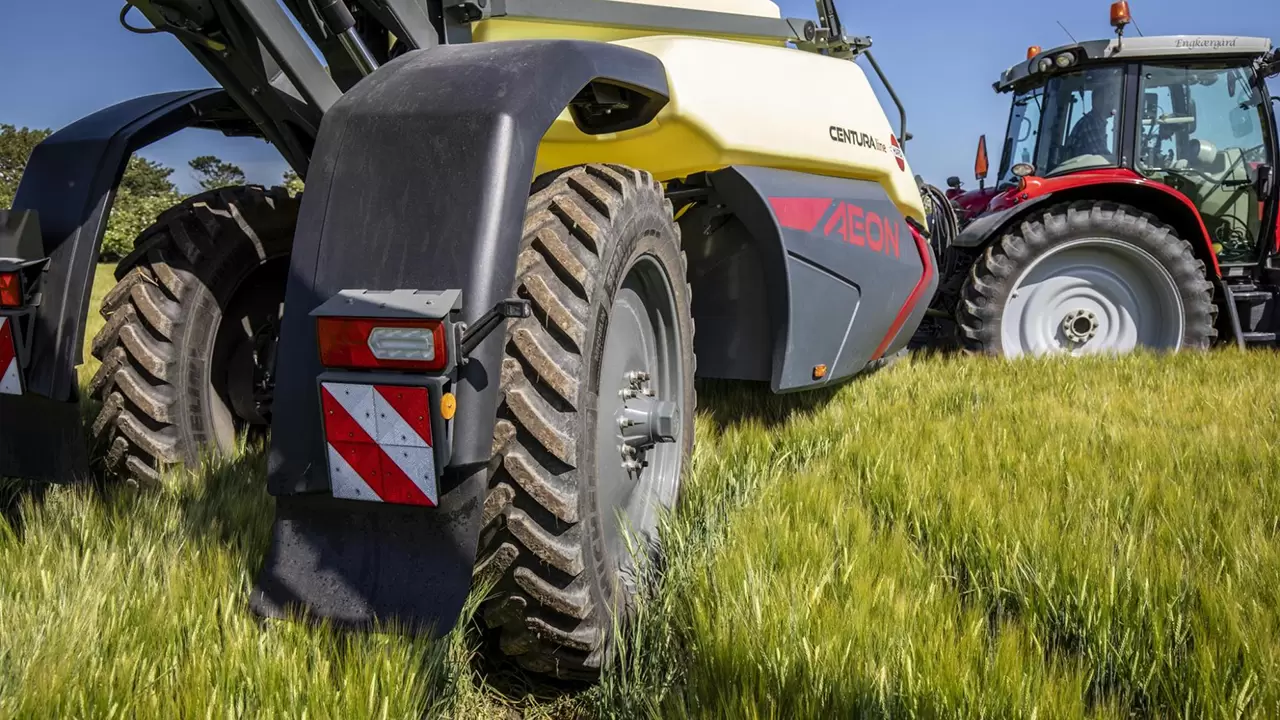

Implementing these tips will enhance the effectiveness of your spraying operations and contribute to minimising environmental impacts.
Explore our range of nozzle selections to find the nozzle perfect for your spray jobs.
Contact us for more information.
Find your nearest HARDI Dealer